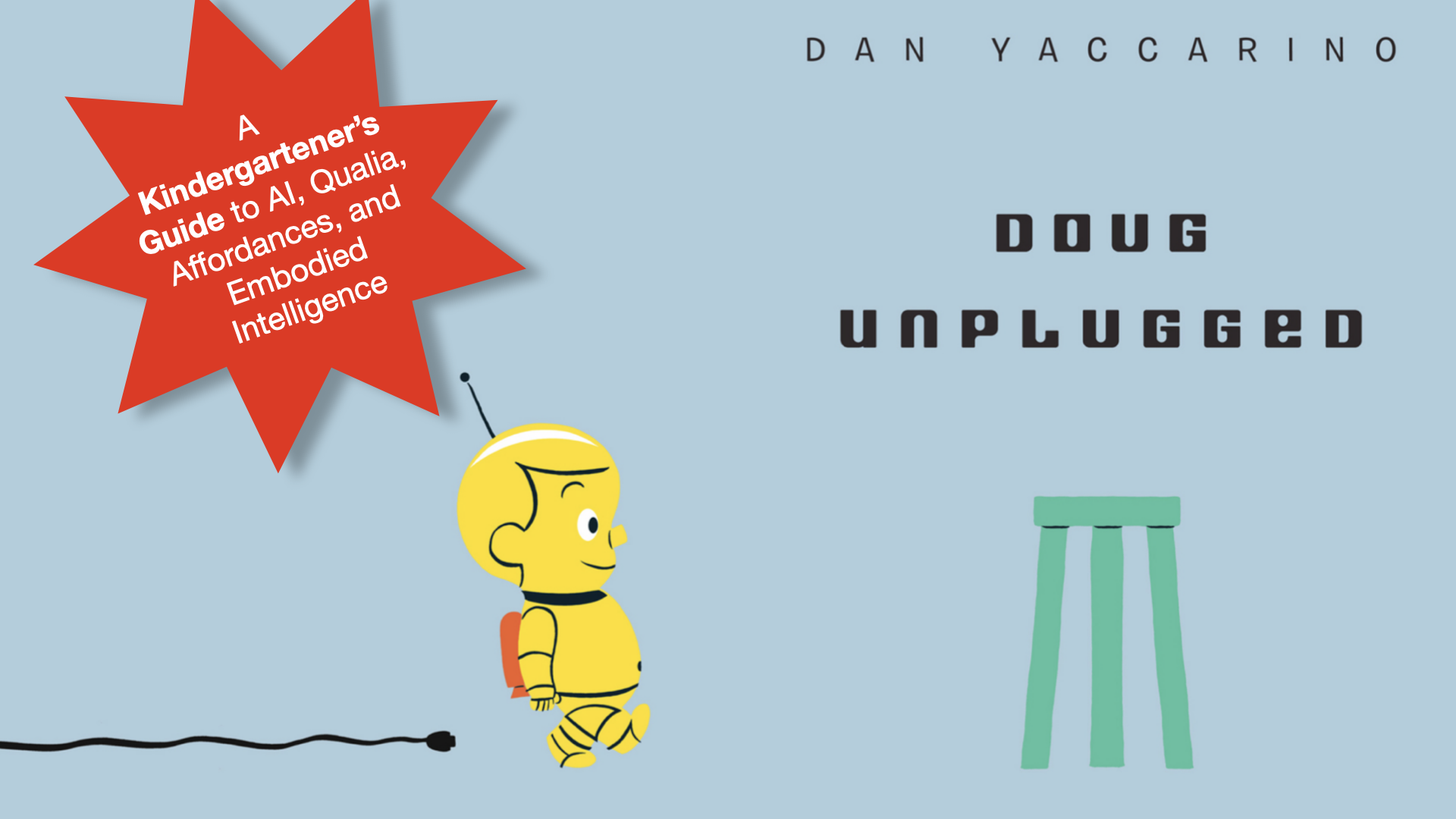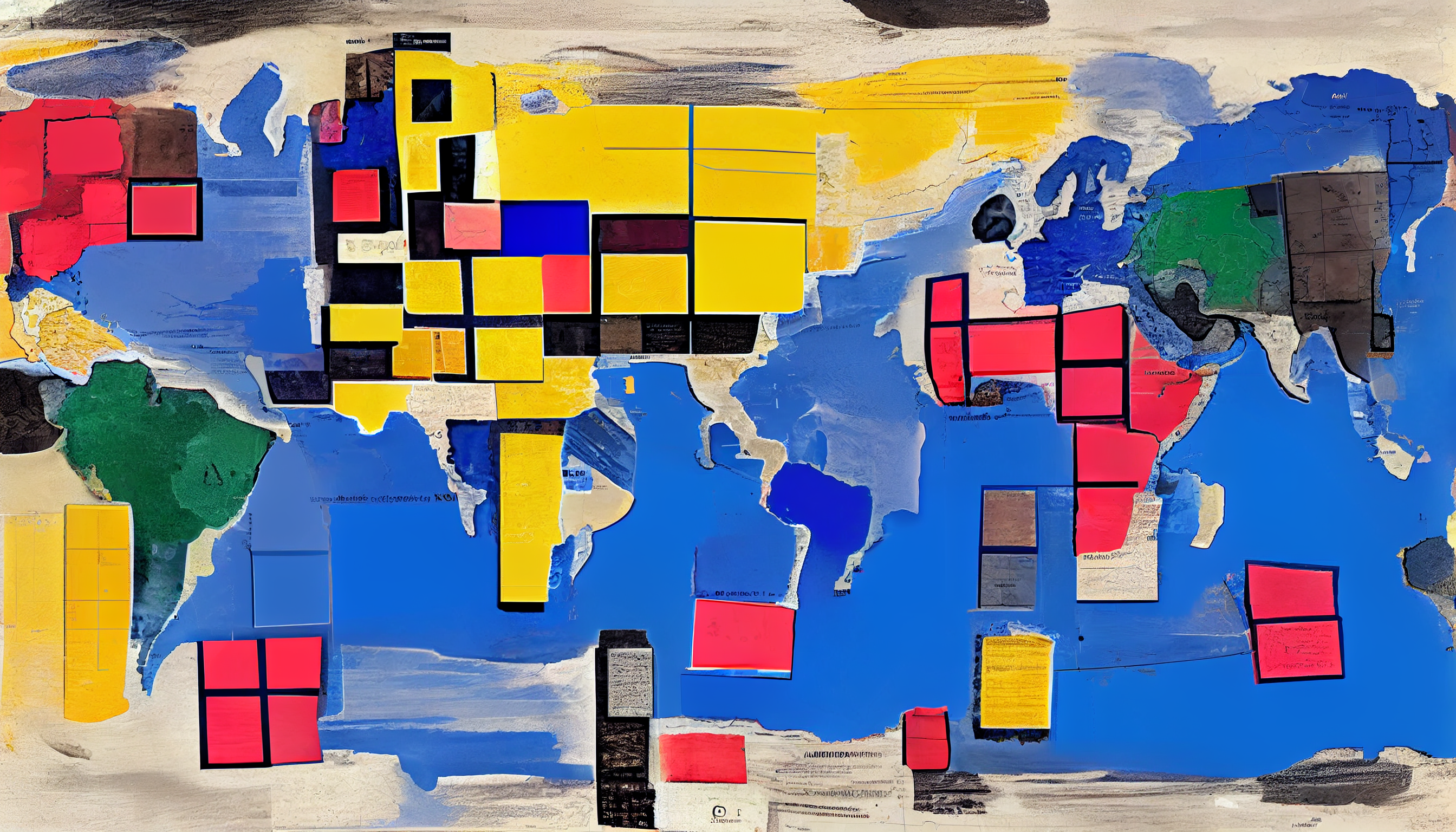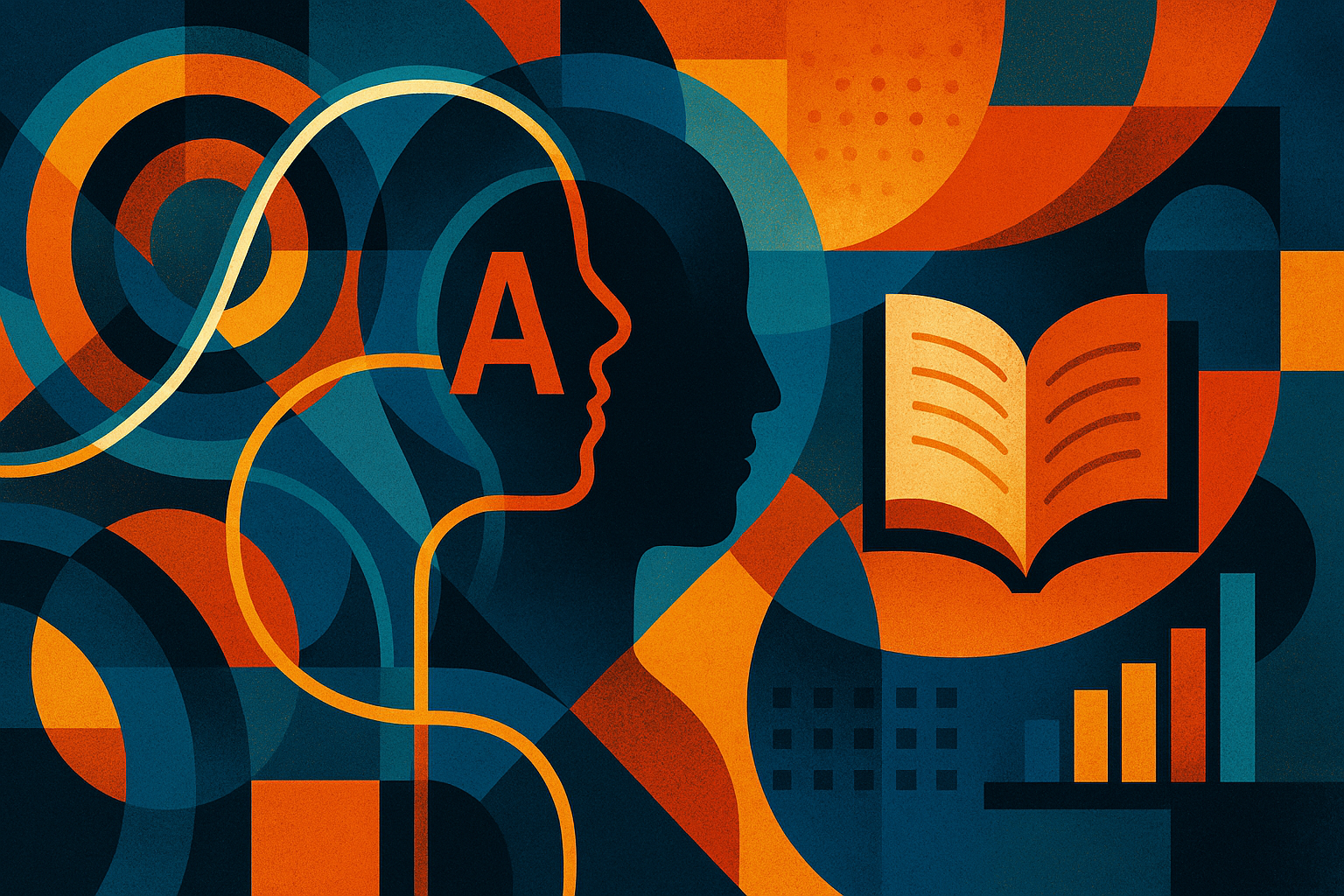Forget bats and black-and-white rooms, one of the best guides to the esoteric world of AI and experiential intelligence is a 2013 book written for kindergarteners
In the rarefied atmosphere of cutting-edge artificial intelligence, it’s become trendy to throw Thomas Nagel’s “What’s it like to be a bat”1 into conversations about AI and qualia (the fancy term for what it’s like to “feel” something). Or Frank Jackson’s thought experiment of “Mary’s Room”2 (or “Mary in the black-and-white room” if you’re going full-on Ex Machina).
Both of these explore (or at least related to) what researchers refer to as experiential (or embodied) intelligence—learning and understanding that comes from lived, embodied experiences rather than data alone. They touch on the ideas of qualia as something that transcends mere data, affordance as understanding what the physical world actually allows you to do, and embodied intelligence as the intelligence that comes from experiencing reality rather than simply learning about it.
But the intellectual ruminations that draw on them are missing a trick. Because one of the best books I’ve come across recently on AI, qualia, affordances, and embodied intelligence, isn’t an impenetrable philosophical paper, but a 2013 book written for elementary school kids: Dan Yaccarino’s Doug Unplugged …
Related:
More on artificial intelligence at ASU.



